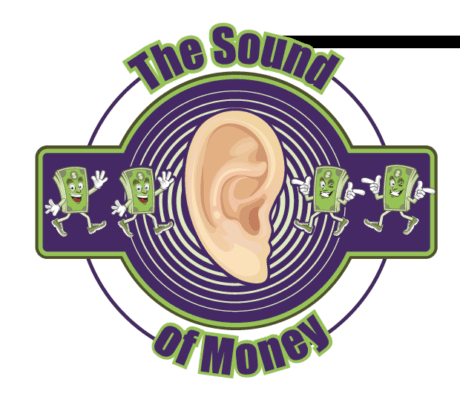 Imagine your key manager departed from your MI retail store, and sent out the following email to all his contacts:
Imagine your key manager departed from your MI retail store, and sent out the following email to all his contacts:
Dear Friends and Customers,
Earlier this month, I resigned as store manager at XYZ Music Store and will end my position with the company on January 1, 2019. I have sincerely enjoyed working with all the members of the team, and appreciate the many close customer relationships I’ve developed over the years. On February 1st, I will continue to take care of my customers with another great music company. Please do not hesitate to reach out to me on my personal phone or email.
Sincerely.
Exiting “A” Player Key Manager
This is not so far-fetched. I recently received a similar email in my inbox. Let’s assume this individual was a top performer. Why do top performers leave? What are they not receiving? Did the new company offer a more engaging culture?
In my most recent MMR column, titled How to Retain, Grow and Recruit Top Performers, I wrote that one of the most important roles of a business owner is recruiting and retention, and offered a few strategies on how to measure your top performers. In this month’s column, I want to offer a few tips to help you create a culture which grows, encourages, and nourishes a team of top performers.
We are all familiar with the visual of the mighty orchestral conductor waving the baton, and directing the orchestra. But think about this: the orchestral conductor makes no sound. The role of the conductor is to ignite the passion of the individual musicians – to inspire each and every member to give their best at every performance. For this to happen there must be trust between the musicians and the conductor. Where there is trust, there is music. Where there is no trust, music withers away (1). The same goes for your team. To create a culture of high performers, your employees must trust you and you have to trust your employees. Developing trust in a relationship begins with caring.
CULTURE: From the Latin cultus, which means care.
Each employee must feel that they are cared about as a person. Now some of you might be saying, “They get a paycheck. Doesn’t that suffice? And besides, I’m not a touchy-feely guy.” But you would be wrong to believe that retaining your very best is only about money. And the most valuable tip I can give you is… It only takes a moment. Actually, a series of moments.
Think back to a time during a work-related interaction which resulted in a profoundly positive feeling. The feeling was so positive, you remember it years later. How much time did it take? Perhaps it was a compliment offered to you, an acknowledgment of a job well done, time you spent with a supervisor during a one-on-one conversation. Perhaps the conversation was centered around your personal career goals. Every interaction we have with another individual can be capsulized in moments, and those moments may be positive or negative.
To create, deliver, and sustain a positive employee experience is key to creating a culture of high performers. This can’t be accomplished via any contract. Only a caring and attentive relationship will grow your rock stars. And, like any relationship, it requires a time investment. And while trying to create quality moments for your employees may seem counterproductive, when trying to boost sales, so is trying to replace a disengaged top performer.
Unfortunately, according to a Gallup’s 2017 state of the global workplace report, only 15 percent of full-time employees are highly involved in and enthusiastic about their work and workplace.
That means 85 percent of employees are not giving their all. “A company can’t buy true emotional commitment from managers no matter how much it’s willing to spend; this is something too valuable to have a price tag. And yet a company can’t afford not to have it.” – Stan Slap, CEO of Slap Company
If you want your employees to succeed, try teaching them the rules of engagement through motivation, rather than fear. An effective way to get your mission accomplished is by having conversations, backed up in writing detailing their performance goals.
Here’s a concise five criteria model from the mindtools 2018 teams called S.M.A.R.T.(2).
S – Specific. The intent of the goal is crystal clear, no ambiguity.
M – Measurable. How will I know if I succeed?
A – Achievable. A goal can stretch your capabilities, but shouldn’t feel impossible.
R – Relevant. The goal should be connected to a bigger objective or aspiration
T – Time bound. There is a time by which the goal should be achieved- a finish line.
I’ll be doing a deep dive on this topic at Winter NAMM Idea Center on Thursday, January 24 at 3:30. The title of my talk is Strategies to Engage and Keep Your Best Employees… Stop by and say hello.
1- Charles Hazelwood, Scottish conductor
2- Jason Lauritsen Unlocking High Performance. How to use performance management to engage and empower employees to reach their full potential.
Jaimie Blackman – a former music educator & retailer– is a licensed financial advisor and succession planner. Blackman helps music retailers accelerate business value now and maximize value when it’s time to exit. Blackman is a frequent speaker at NAMM’s Idea Center and writes The Sound of Money, a monthly column for MMR. Visit jaimieblackman.com.



























Looking Back on 2025: A Year of Controlled Chaos (Emphasis on “Controlled”)